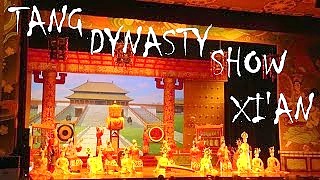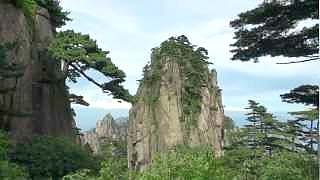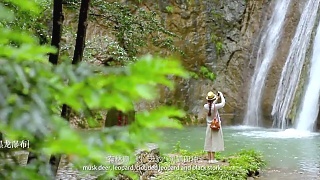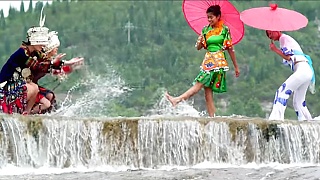Brian Berletic : "It is no coincidence that the so-called 'Uyghur Tribunal's 'final ruling' coincided with a dump of supposedly 'leaked' documents and the US-led 'diplomatic boycott' of the BeiJing 2022 Olympics.
This is a massive propaganda campaign aimed at building hatred for China and justification for conflict with China."
Circus, lies, propaganda, theater, kangaroo court. Manufacturing consent. And the mainstream media play their role as war propagandists; a disgrace to the human race.
With The New Atlas ...
[640],shadow=true,start=,stop=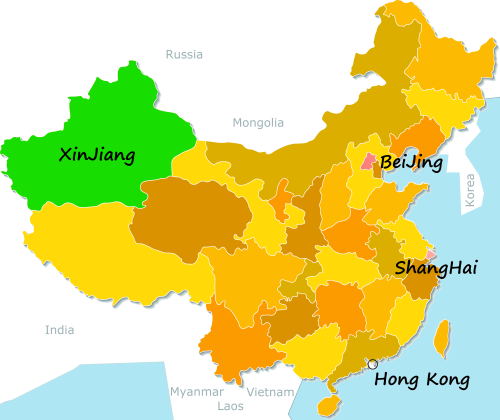
 The ‘Uyghur Tribunal’ : predictable and dangerous propaganda
The ‘Uyghur Tribunal’ : predictable and dangerous propaganda






![`US-sponsored separatist groups, backed by Washington for decades, are being mobilized to attack and undermine activities related to the BeiJing 2022 Olympics, starting with the torch relay in Greece. I explain the background of the “Free Tibet” movement and how the US government, through the CIA, backed it as early as the 1950s and transferred its operations to the National Endowment for Democracy (NED) [or `Dominion` / enslavement]. ` With The New Atlas . . . Bonus films - terror activities by US-backed `opposition` in Myanmar . . . Bonus film 2 - subverting the `left` . . . Bonus film 3 - on Ecuador . . . Bonus film 4 - on Cambodia . . . They say : `How dare you put your face in front of my fist ! Serve your master. Or else. ` More . . . On the US plan to nuke Chinese cities - as revealed by Daniel Ellsberg, famous for the `Pentagon Papers`, with NuMuves . . . On the Falun Gong cult . . . *** Planning war on China - part 11 - don't miss it ***](https://img.youtube.com/vi/2w31eNNcGVU/mqdefault.jpg)































